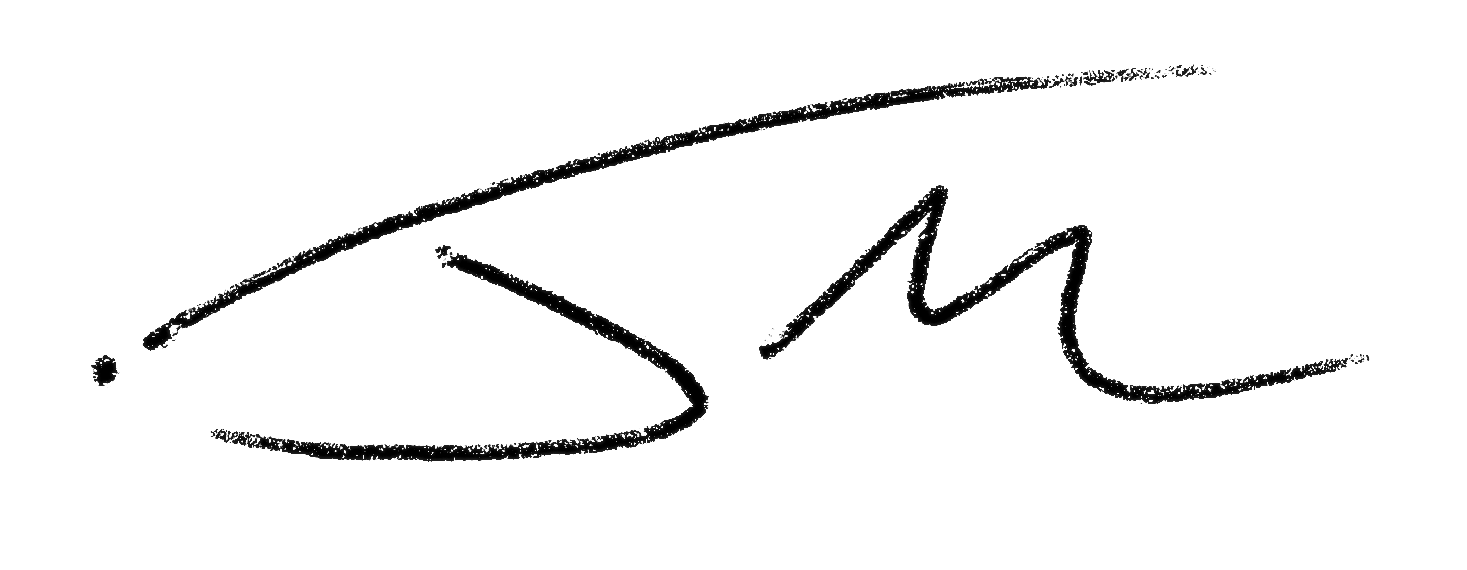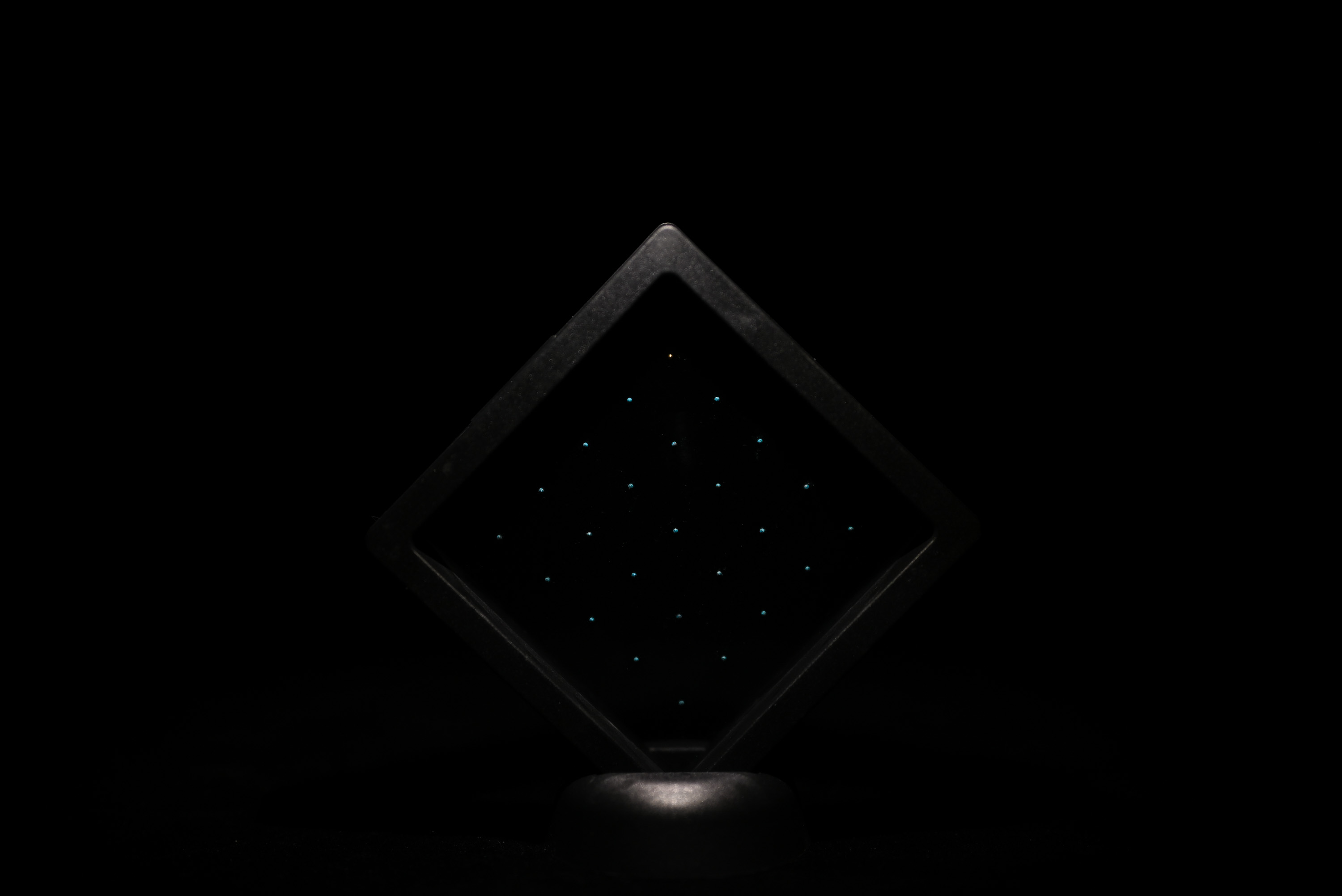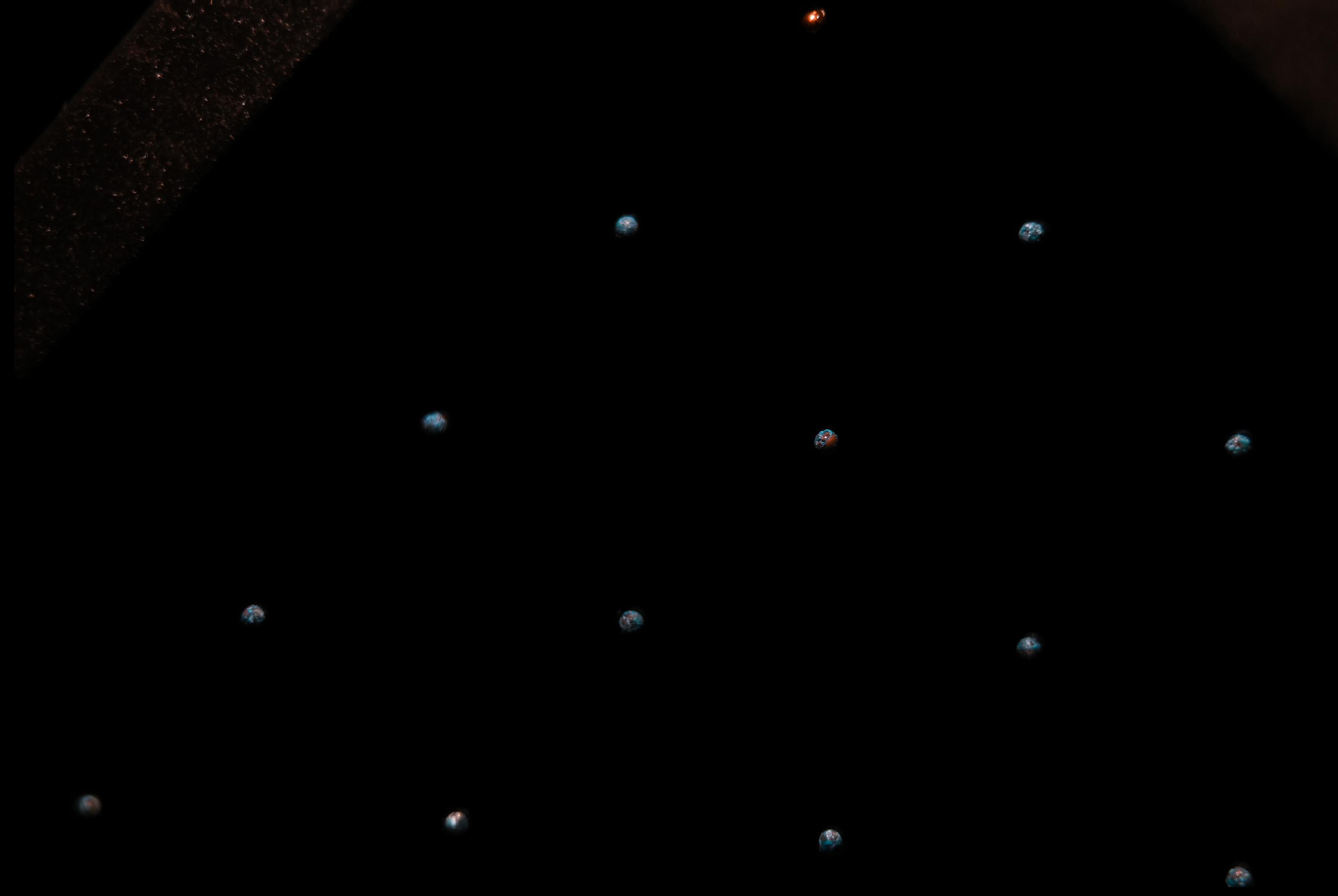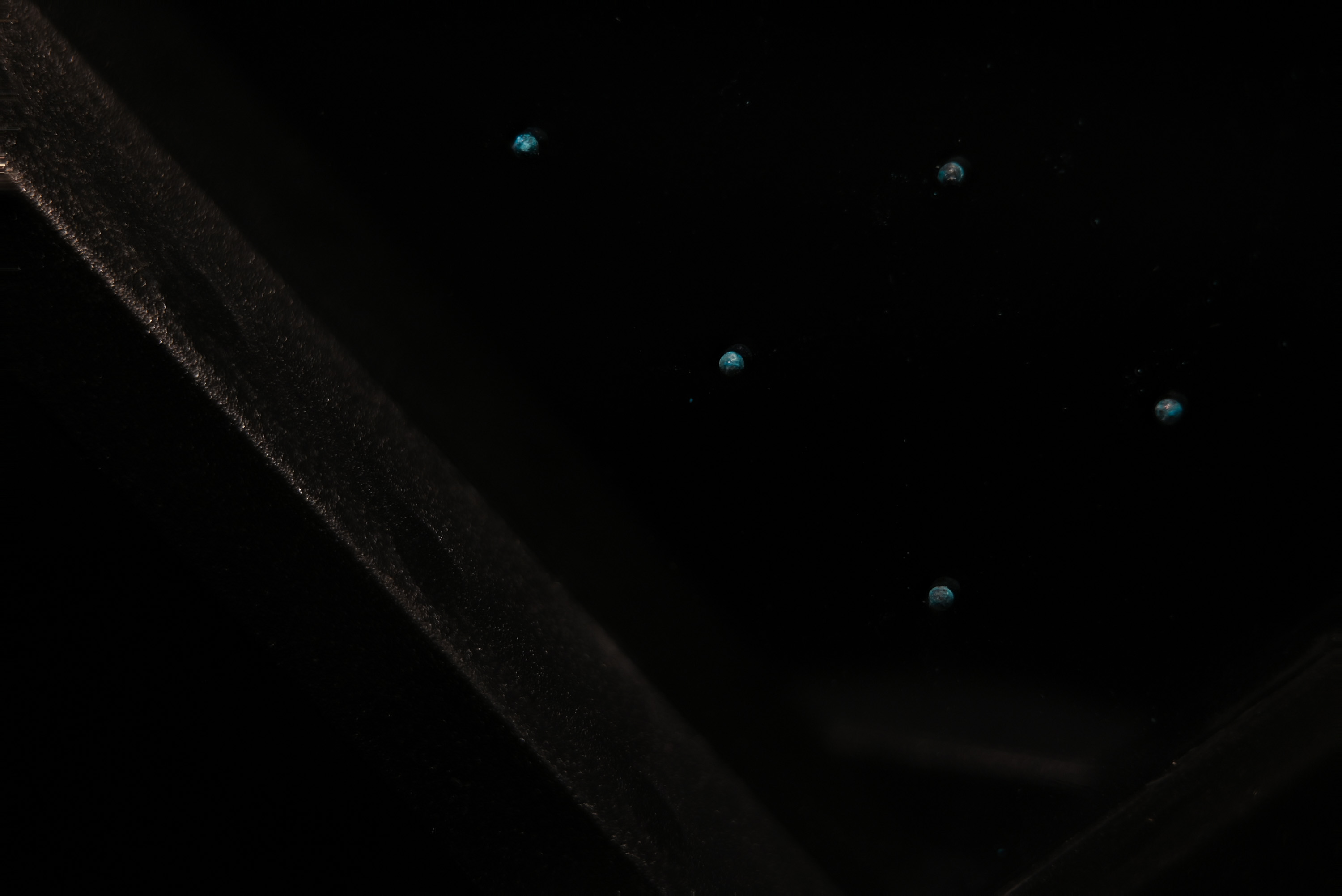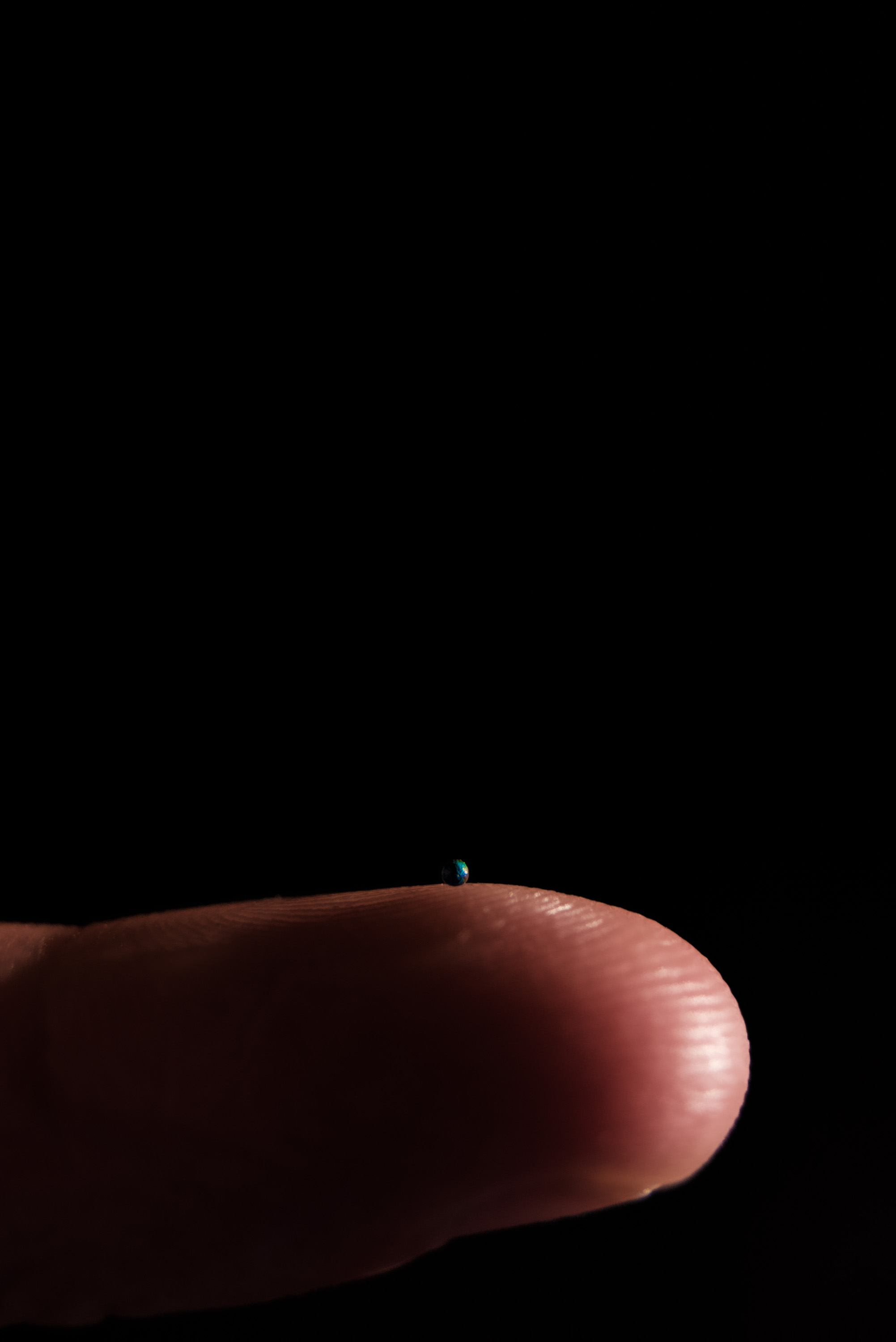Looking back at Earth from the edge of our Solar System, Voyager 1 snapped a photo that would contextualize our home as a tiny blue dot in a vast field of darkness and stray starlight. When Carl Sagan spoke about this image, the tiny blue dot represented the stage on which everything we know, have ever known, and will ever know will play out. Today, we are finding more Earths. More places that would be blue dots, indistinguishable from Earth, until closely examined. From what we’ve found so far, the shortlist for Earth-like planets around other stars contains 21 unique worlds. We know virtually nothing of these places except that they exist in conditions that could render them habitable. As we continue to study these places, one indicator of Earth-like conditions will be the presence of a blue atmosphere. A blue atmosphere is an evolutionarily important, deeply engrained symbol of fair conditions to humans. As greenhouse gasses increase, our perception of a habitable atmosphere is decoupling from Earth at the same time we meticulously scan these 21 atmospheres for an Earth-like blue. This work shows 21 small spheres to represent the 21 best guesses we currently have for another Earth-like planet. Using a copper carbonate patina reaction that pulls in carbon dioxide, each sphere fixes CO2 to create its own pale blue texture that resembles a habitable world. Remaining is Earth, with an unknown future, reversing what is currently known and unknown about these planets at a scale that places everything in context.
24 Atmospheres
-
Release
2023 -
Medium
Carbon-fixing copper spheres -
Availability
